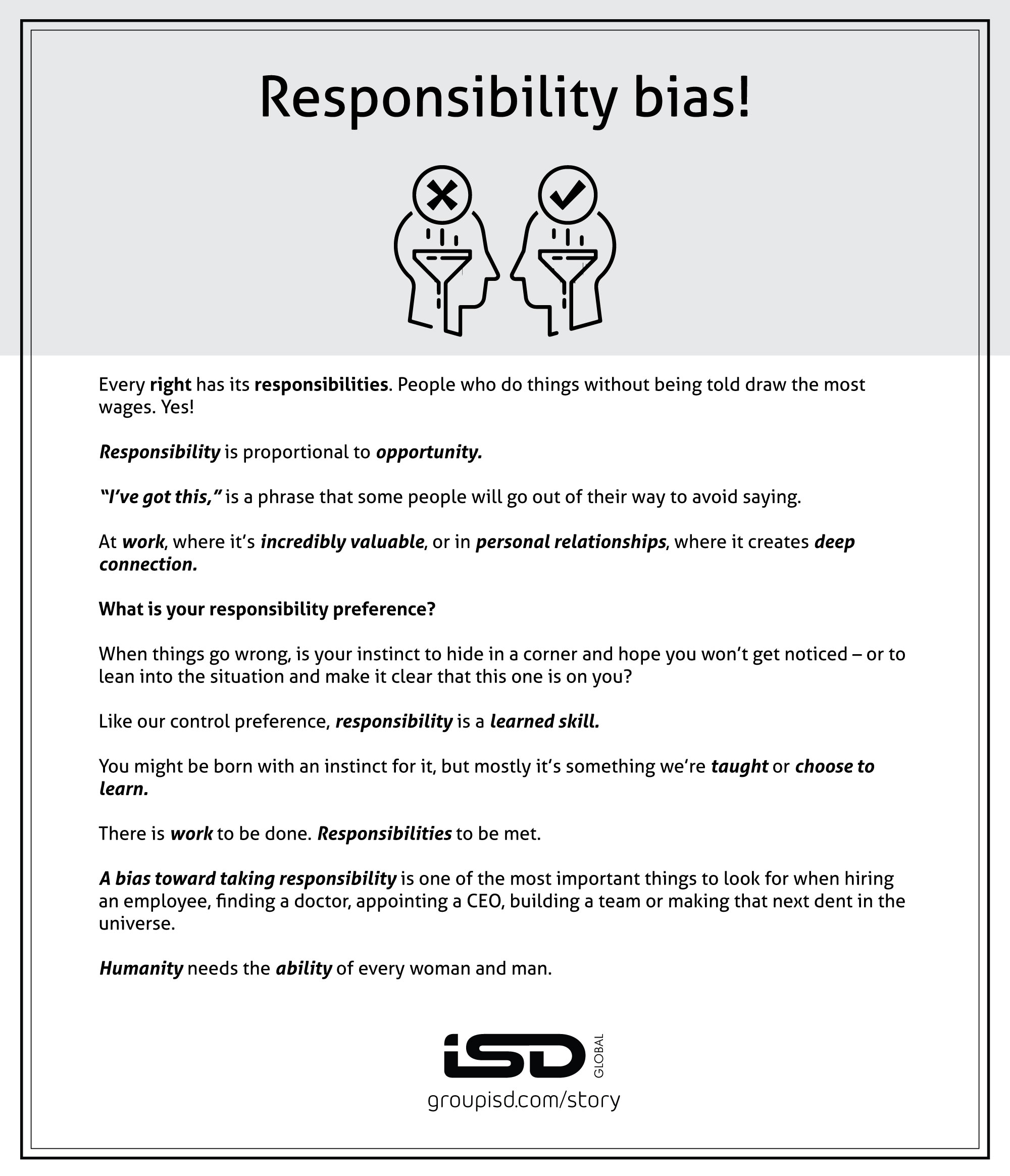Crossing the Chasm (1991, revised 1999 and 2014), is a marketing book by Geoffrey A. Moore that examines the market dynamics faced by innovative new products, with a particular focus on the “chasm” or adoption gap that lies between early and mainstream markets.
Crossing the Chasm is an adaptation of an innovation-adoption model called diffusion of innovations theory created by Everett Rogers, The author argues there is a chasm between the early adopters of the product (the technology enthusiasts and visionaries) and the early majority (the pragmatists). Moore believes visionaries and pragmatists have very different expectations, and he attempts to explore those differences and suggest techniques to successfully cross the “chasm,” including choosing a target market, understanding the whole product concept, positioning the product, building a marketing strategy, choosing the most appropriate distribution channel and pricing.
That said, this post is about something slightly different. It is about those multitudes who are taking moonshots to give the rest of the world better food, cleaner mobility, rugged technology and a greener planet. The passion and fervour they bring to the equation is admirable. May their tribe grow.
All of them are punting on the fact that they will first acquire a minimum viable audience, who in turn will bring in some more and so on and on. The expectation is that a vast majority of us would make the switch to green and clean. The real world plays out something very different. Critical mass is a distant reality and the new|early adopters are expected to take the load of pricing inefficiencies simply because of the demand and supply play out.
When sometime back car rental brand Hertz made a bet by investing in green with their having a large inventory of Tesla cars, it was thought to be game changing. Something that should inspire a lot more organisations to walk the talk on purpose, people, planet. Well, the collaboration did not go as envisaged. Hertz a few days back announced they were liquidating more than 20% of their Tesla fleet because of insufficient demand(because of higher pricing).
The unfair equation here is that we expect the new users|early adopters to bear the brunt of the higher pricing( even though all of us benefit) till such time the market attains enough threshold levels to sustain the product or service on offer. Unless you have sufficient staying power this bottoms out to the detriment of the provider.

Just like hope, the future is a ‘ collective responsibility ‘. The quest for a greener planet, better mobility, effective healthcare, organic food, quality education and all of that is justified when we play a greater, deeper role in the adoption and consumption.
For bridging the gap between now and later is to move the needle from ‘I’ to ‘We’.
Ready?
ENDS
